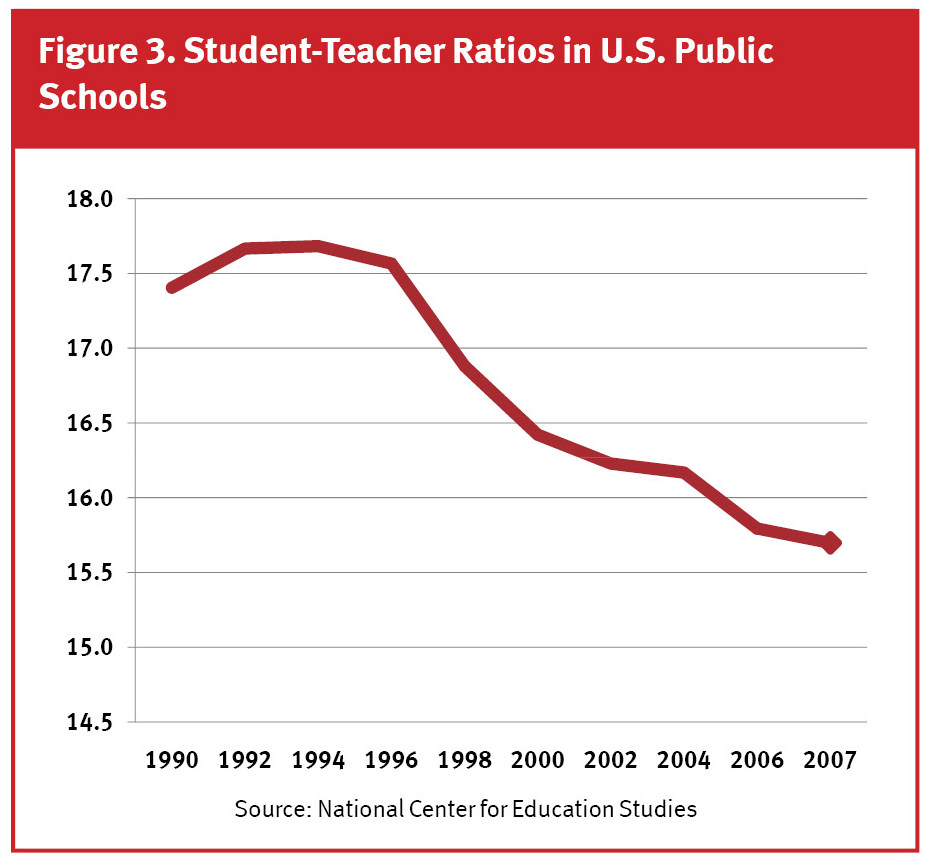Benton’s Sign Ban Anti-Freedom, Bad for Economy
07.27.2011
Imagine owning a business and not being able to advertise. This is the world Albuquerque City Councilor Isaac Benton wants to impose upon our city. He states that he wants to ban on electronic billboards (including those on sites owned by businesses) because “they’re a traffic nuisance and they don’t look good.” The issue will be heard at Monday’s City Council meeting (August 1).
Now, whether they are dangerous to traffic or not would seem to be a scientific question that can be studied, but it would seem that those in favor of a ban bear the burden of proving this point in advance of a ban, not the other way around. As to whether they look good or not, that is clearly subjective and it would seem that using the force of law to impose one person’s aesthetic preferences on the rest of us would be unfair and even immoral. Of course, as an architect, Benton is used to handling aesthetics and controlling how people live certain aspects of their lives. The difference is that builders can hire or not hire him to design a building. As City Councilor, he has the power to force the rest of us to bend to his will.
Now, if Benton were to get his way, there are First Amendment issues that might arise from such a ban. Our friends at the Institute for Justice have challenged a sign ban in Dallas. Perhaps similar legal challenges could be brought to bear in Albuquerque?

